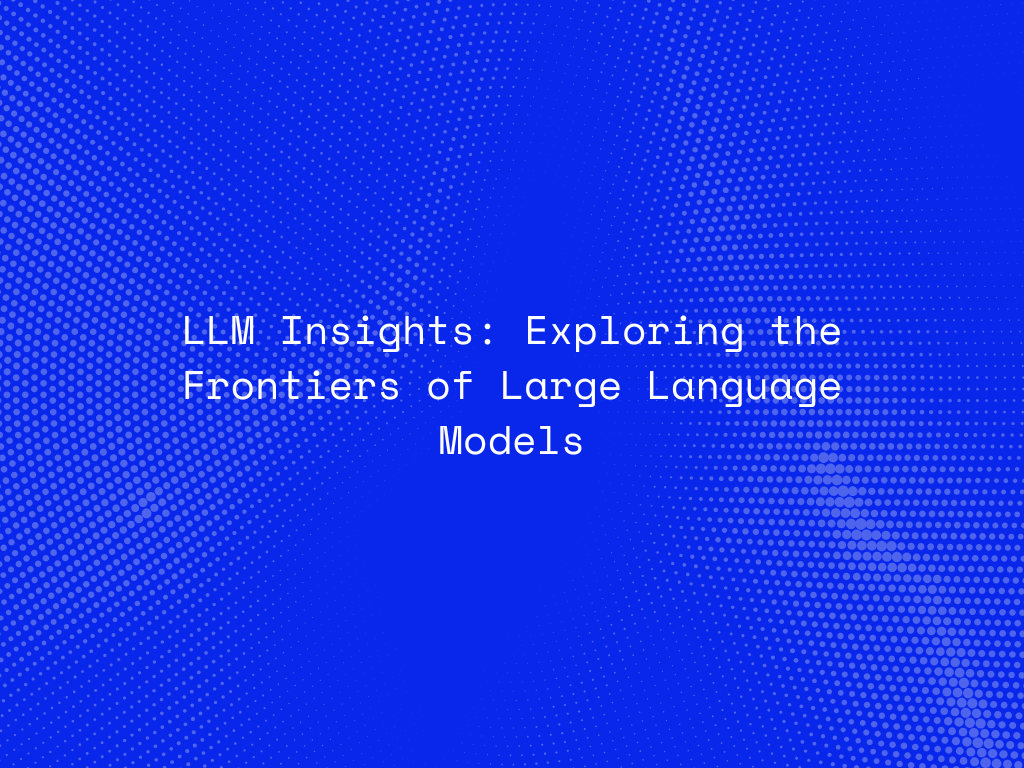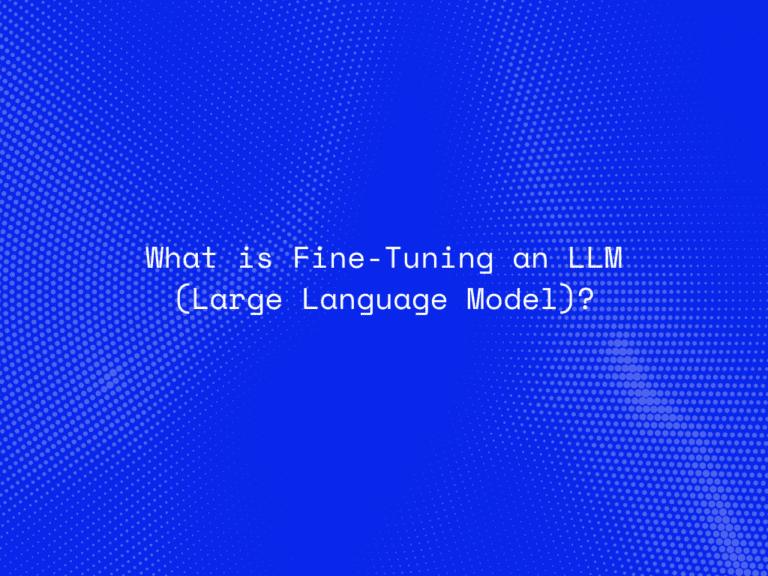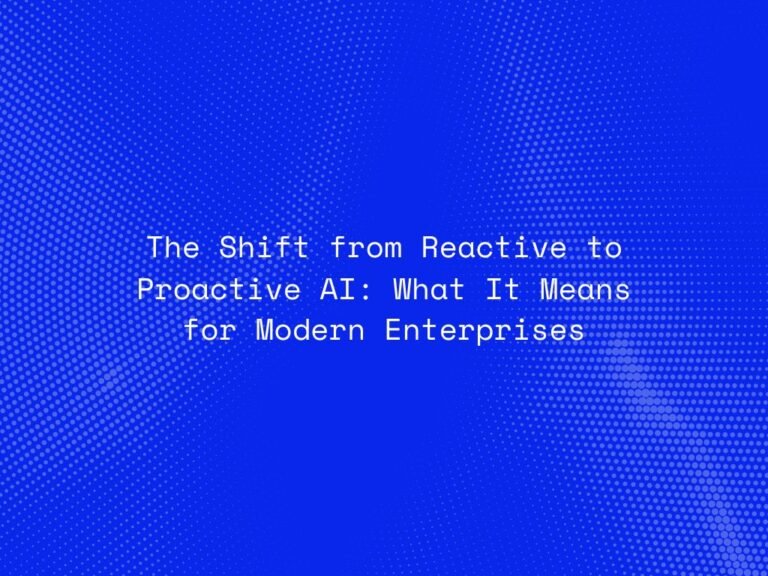Large Language Models (LLMs) like GPT-4 and BERT have redefined how AI systems understand and generate language. From powering chatbots and virtual assistants to advancing fields like content creation and data analysis, LLMs are pushing the boundaries of what AI can achieve. This article explores the latest developments, applications, and future directions for LLMs, examining how these models are shaping the landscape of artificial intelligence.
The Core Capabilities of Large Language Models
- Natural Language Processing (NLP): LLMs are designed to understand the nuances of human language, enabling them to process text in ways that feel remarkably natural and context-aware.
- Contextual Awareness: Unlike earlier models, LLMs can remember and maintain context across interactions, enhancing their ability to handle complex, multi-turn conversations.
- Multilingual Proficiency: Many LLMs are capable of understanding and generating text in multiple languages, making them ideal for global applications in customer service, translation, and more.
Applications of LLMs Across Industries
- Customer Support Automation: LLM-powered chatbots and virtual assistants streamline customer interactions by providing quick, accurate responses, reducing response times, and improving customer satisfaction.
- Content Generation: Businesses and media outlets use LLMs to generate written content, from marketing copy to news articles, accelerating content production while maintaining quality.
- Data Analysis and Insights: LLMs help organizations sift through vast amounts of data to extract actionable insights, making them valuable for market analysis, customer behavior prediction, and decision-making.
- Healthcare and Diagnostics: In the healthcare industry, LLMs assist in diagnosing medical conditions by analyzing patient records, symptoms, and research, supporting doctors in making informed decisions.
The Benefits of Leveraging Large Language Models
- Increased Efficiency: Automating repetitive tasks with LLMs saves time and allows teams to focus on high-impact work, making operations more efficient.
- Scalability: LLM-powered applications can handle large volumes of interactions, making them ideal for scaling customer support and other high-demand services.
- Improved Personalization: LLMs analyze user preferences to provide personalized recommendations and experiences, enhancing user engagement and satisfaction.
Challenges in Developing and Deploying LLMs
- Data Privacy Concerns: As LLMs rely on vast amounts of data, handling sensitive information securely is a major priority to prevent data breaches and maintain user trust.
- Bias and Fairness: Ensuring that LLMs do not perpetuate harmful biases is crucial, as biased outputs can affect user experiences and impact decision-making.
- High Computational Requirements: Training and deploying LLMs is resource-intensive, requiring substantial computational power, which can be a barrier for smaller organizations.
- Ethical and Regulatory Challenges: The development of ethical frameworks and adherence to regulations are essential to ensure that LLMs are used responsibly and transparently.
Emerging Trends in Large Language Models
- Real-Time Adaptation: Newer LLMs are being designed to learn from interactions and adapt to new contexts, making them even more versatile in handling dynamic scenarios.
- Cross-Model Collaboration: Combining LLMs with other AI models, like vision models or speech recognition systems, is enabling multimodal applications that expand the possibilities of AI.
- Enhanced Multilingual Capabilities: As LLMs continue to improve their multilingual proficiency, they will become increasingly valuable for applications in global communication and translation.
- Open-Source Development: The rise of open-source LLM projects democratizes access to advanced AI capabilities, empowering smaller organizations and independent researchers to innovate.
Conclusion:
Large Language Models represent a significant leap in AI capability, opening up new possibilities across industries by improving efficiency, personalization, and scalability. As LLMs continue to evolve, organizations that leverage these models will be at the forefront of AI-driven transformation. However, addressing challenges like data privacy, bias, and resource demands will be essential to fully realize the potential of LLMs in creating impactful, responsible AI solutions.




